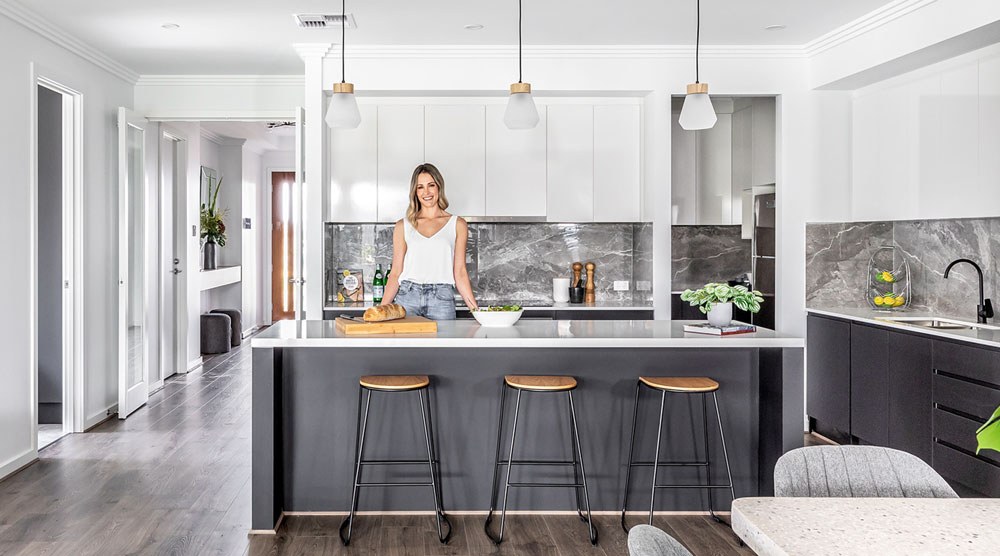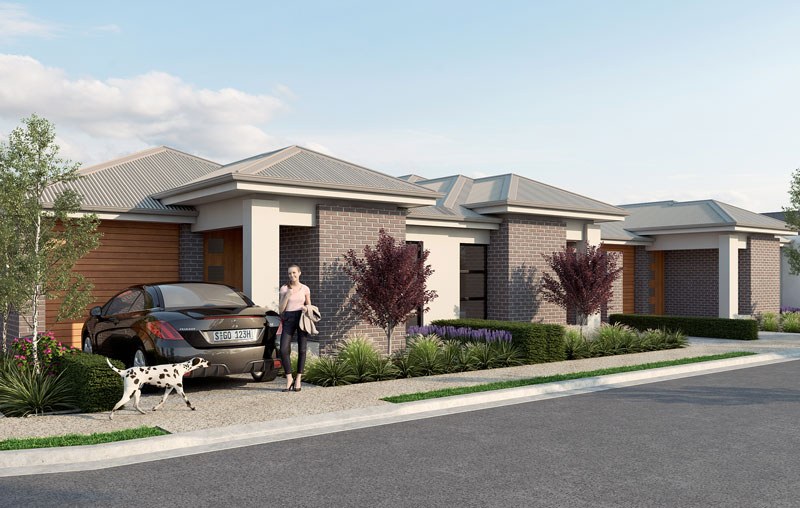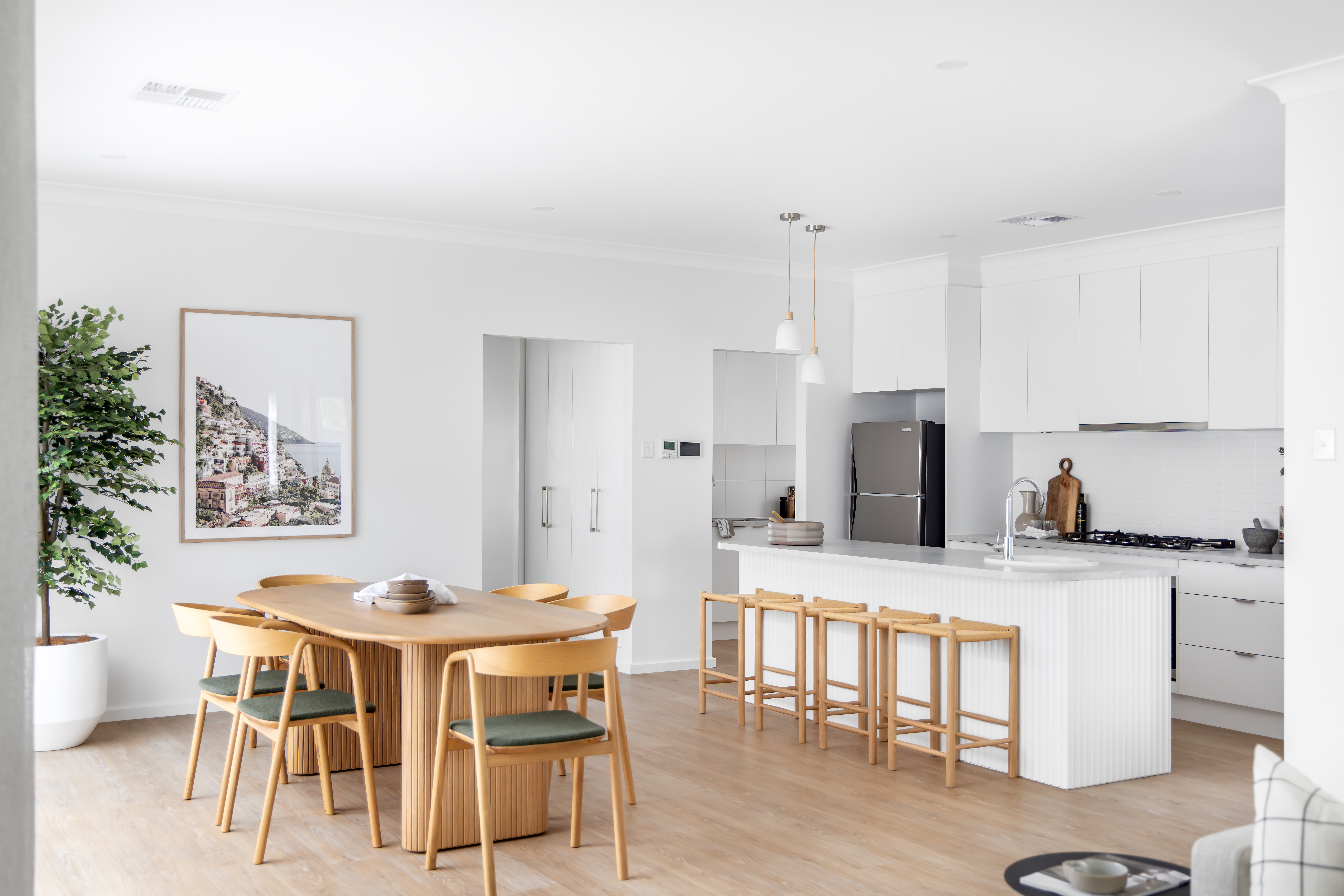At Fairmont, we’re Built for Life. This is reflected in our approach to our people, our suppliers and trades, our community, and most importantly our clients.
As an industry leader underpinned by nearly 60 years of success, we’re excited for the future and remain committed to meeting the evolving needs of our clients.
We will continue to challenge the industry with new housing solutions whilst always maintaining our commitment to great value and quality homes.










